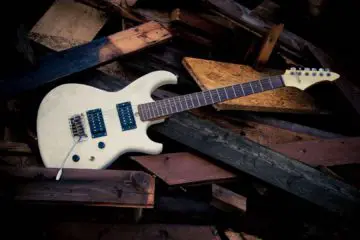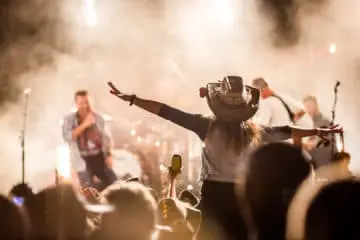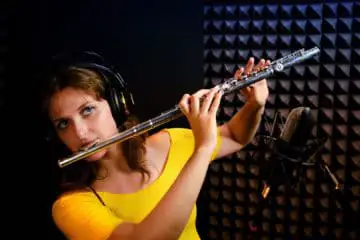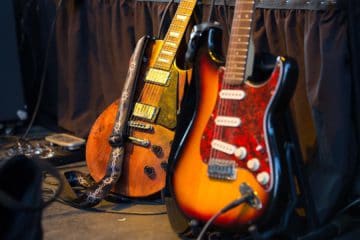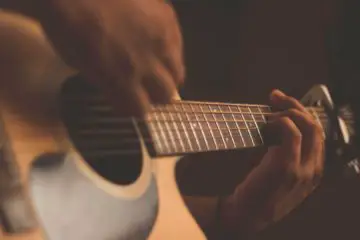Music encourages creativity, imagination, and composition. When a simple groove seems too repetitive, it might be necessary to spice things up by creating places for dead notes. The most common place to hear a dead note is within a bass line, although a composer can incorporate this element into their […]
Instruments
What Is Your Favorite Tuning on an 8-String Guitar and Why?
When you have an eight-string guitar to play, you have two more than the usual six or an additional one over the Russian 7-string design. The eight-string guitar is an uncommon construction. You’ll find it used most often in the metal, jazz, or classical genres. When you play on eight […]
Factory Buyout Clearance Sale
If you are familiar with Guitar Fetish, you might have heard about their epic factory buyout clearance sale. They have had one available almost every year since 2014, even though the website says explicitly that these are limited opportunities. You can find factory buyout bodies, guitars, basses, necks, and acoustics […]
Guitar Shop 101: Happy Little (String) Trees
Most musicians don’t give a second thought to string trees unless a problem develops with their guitars. Even then, many players haven’t heard of this small, but essential component. When there is insufficient pressure on a string because of the way it sits in the nut, the guitar sounds more […]
Top 10 Country Songs with Bass Lines
The bass line is the backbone of almost every country music composition. It might not offer the glitz of a guitar solo or the glamor of the drums, but it is still noticeable when it is missing. You can tell a country song has a great bass line because it […]
How Do You Record a Flute Solo?
The flute might be famous for solos thanks to movies like Anchorman: The Legend of Ron Burgundy, but it isn’t an easy instrument to record. Flutists produce unique sounds that can create some unfamiliar challenges for audio engineers. Not only are the notes often hollow and breathy, but they also […]
Adding a Bigsby on a Strat
Paul Bigsby once declared that he could build anything. When we made that statement, he went from building Crocker motorcycles to creating musical instruments. Bigsby was a foreman in the LA machine shop where Crocker motorcycles were built. He would eventually form a relationship with Merle Travis, who needed help […]
How Thick Is a Stratocaster Body?
The Fender Stratocaster (“Strat”) is an electric guitar that Leo Fender’s team designed between 1952 to 1954. That team included Freddie Tavares, George Fullerton, and Bill Carson. This electric guitar has been continuously manufactured since 1954, featuring a double cutaway design with an extended horn shape on the body for […]
Peavey T-60 Tone Circuit
Guitars were expensive in the 1970s. If you wanted to grab a Fender Stratocaster in 1977, the MSRP was just under $600. That puts the price of it at $2,400 when accounting for inflation. That investment got you an instrument with a neck pocket where you could fit at least […]
Mexican Martins: My Thoughts
Martin guitars are bulletproof instruments that can handle some intricate playing and the occasional impact without experiencing significant damage. Although many of them get made in the United States, many are manufactured or assembled in Mexico. When musicians compare a Mexican Martin to one built in the United States, they […]

